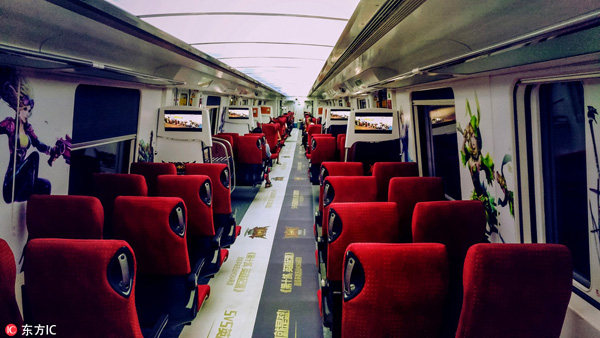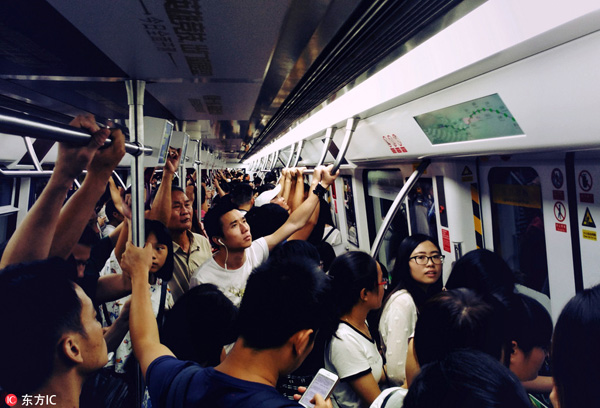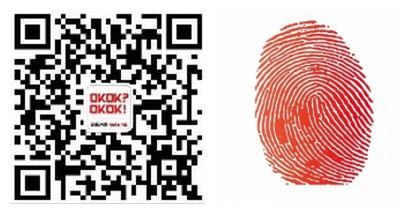 |
|
This photo taken on Aug 20, 2016, shows the new business-class carriage on a local Line 11 subway train in the city of Shenzhen, South China's Guangdong province. [Photo/IC]
|
A trial run of a service designed to offer more comfortable subway travel has instead sparked massive controversies in the southern Chinese metropolis Shenzhen, with some blaming it for creating an artificial divide among passengers.
In a departure from the crowded scenes on most subway trains across China, the southern coastal city of Shenzhen is now offering business-class travel on one of its busiest metro lines.
Passengers have been able to purchase business class tickets, priced at three times the normal fare, from a special ticket machine, since the service was introduced on June 28th.
They can then follow yellow arrows on the ground, which lead them to the business class waiting zones where staff check their tickets.
Two out of the eight carriages on Line 11 trains have now been designated as business class, but resentment is brewing among many commuters.
"I think it's very unnecessary, as most of the passengers on the Shenzhen Metro are daily commuters. The business class will only make other carriages more crowded. It is for the benefit of a minority of people," said one passenger.
"Unlike airplanes or railways, subways are short-distance public transport, and each passenger should be treated fairly. The business class takes up more space in the whole train and wastes more seats. So I think it's unfair," explained another.
Commuters have been less than enthusiastic about the new service, as evidenced by the nearly empty business-class carriages. Even as rush hours approach, the rows of unoccupied seats in the new section lie in stark contrast with the rest of the train's crowded carriages.
But on the other hand, some business-class passengers are welcoming the new scheme, saying they can enjoy a comfortable, quiet journey.
"It's not that expensive actually. Because there are fewer people here, so I will buy a business class ticket if I feel tired," said one business-class ticket holder.
"It's very convenient. You don't have to drive to work and get exhausted by the traffic. Compared with the traditional coach of the train, you can enjoy a real rest in the business class and even take a nap," said another.
As the city's longest metro line, the 52-kilometer Line 11 links the Shenzhen International Airport to the city.
Ma Yu with the municipal metro authority explained the move is intended to accommodate passengers traveling further distances.
"The number of people using the Shenzhen International Airport is rapidly growing, so the city really needs an airport expressway. But the cost is too high, so we're integrating the business class into the normal metro line," said Ma.
In response to online criticisms of the service, Ma said that the business class initiative is still in its trial period and that it will be improved in the future.
"Now there are between 230,000 and 300,000 people taking Line 11 every day. Eleven percent of them use the business class. For a new subway line, that can be considered a success," added Ma.
But some critics suggest the business-class seating has not alleviated crowding problems for other carts on Line 11.
 |
|
This photo taken on Aug 20, 2016, shows passengers standing inside a normal carriage on a local Line 11 subway train in the city of Shenzhen, South China's Guangdong province. [Photo/IC]
|
(CRIENGLISH.com)
Using WeChat? Scan QR Code or Press the Fingerprint Below ↓
--- (Or ADD WeChat ID: OKOKOKOKnet)
